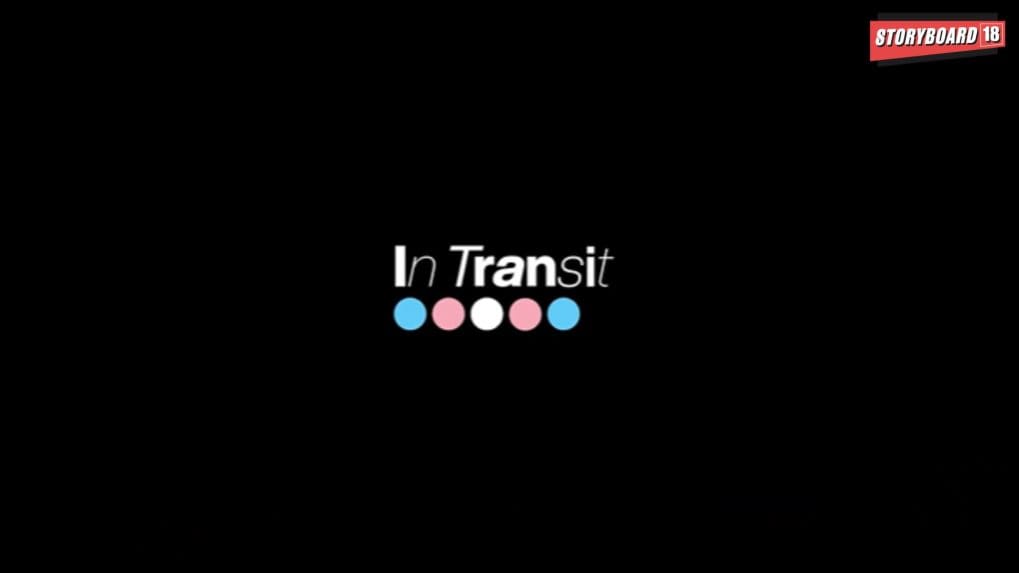Global Ads Spotlight: How a familiar sound on the NYC subway became a loud call for trans visibility
For one powerful week, New Yorkers riding the subway were greeted not just by transit updates - but by a voice that carried a deeper message. The “In Transit” campaign turned everyday commutes into moments of connection, empathy, and quiet revolution. Read and watch in our Global Ads Spotlight column.
ADVERTISEMENT
It wasn't your average subway announcement. During the week of Transgender Day of Visibility, New York City riders on the number line trains heard a voice they knew - only now, they were meeting her again, as her true self.
The "In Transit" campaign, executed by Callen-Lorde and the NYC LGBT Historic Sites Project, swapped out the usual monotone MTA announcements with the updated voice of Bernie Wagenblast, a long-time subway announcer who then came out as a transgender woman.
In a city where people pride themselves on acceptance, it was a jarring truth that transgender New Yorkers still felt unsafe and unseen - especially in public places like the subway.
Also Read: Global Ads Spotlight: Ecuador's golden grain hunt was anything but plain
Studies consistently show that people are more supportive of trans individuals when they personally know one. So what if every New Yorker already did know someone? That was the starting point for this brilliant, quietly radical idea.
Bernie wasn't just a voice. She was the voice - guiding millions through crowded stations and noisy tunnels for years. When she reintroduced herself to the city, not just as a subway announcer but as a proud trans woman, it wasn't with a splashy commercial or corporate billboard. It was with calm, everyday presence - exactly where New Yorkers expect to hear her.
The execution was smartly timed. For seven days, coinciding with Trans Day of Visibility, Bernie's updated announcement played in stations along the number lines, reaching over 3.2 million riders. She recorded a warm, personal message encouraging kindness and respect, not as an outsider preaching tolerance, but as someone who had always been part of the city's soundtrack.
The campaign also included a station takeover at Christopher Street - one of the most symbolic queer landmarks in NYC - featuring powerful OOH visuals and QR codes guiding curious commuters to the "In Transit" website and podcast.
Unlike campaigns that lean heavily on paid media, this one leaned into cultural cachet and community power. The only paid spend was on physical signage, while earned media and social buzz did the heavy lifting.
Also Read: Global Ads Spotlight: Scroll, smile, heal - When therapy met the newsfeed
The MTA, typically a magnet for grumbles and groans, saw its social channels lit up with support, joy, and curiosity. Even Bernie, who had braced for backlash, was instead met with overwhelming love.
And it wasn't just the locals talking. From the New York Times to BBC and Good Morning America, the story of Bernie Wagenblast and the city that heard her anew made global headlines.
In a media cycle thick with anti-trans rhetoric and political scapegoating, this campaign managed to shift the spotlight toward hope and visibility.
The numbers backed the sentiment:
- 3.2 million subway riders heard Bernie’s message firsthand
- 600,000+ social media impressions
- 14.5 million+ earned media impressions
- 100% positive sentiment in media coverage
- A 10.7% engagement rate per social impression (well above average)
But the most impactful result wasn't just in numbers - it was in the normalization of trans presence in the most everyday way possible. You didn't have to scroll through a campaign hashtag or attend a Pride rally to meet a trans person. You just had to get on the train.
Also Read: Global Ads Spotlight: When fish fell from the sky and became the world's coolest gourmet brand

